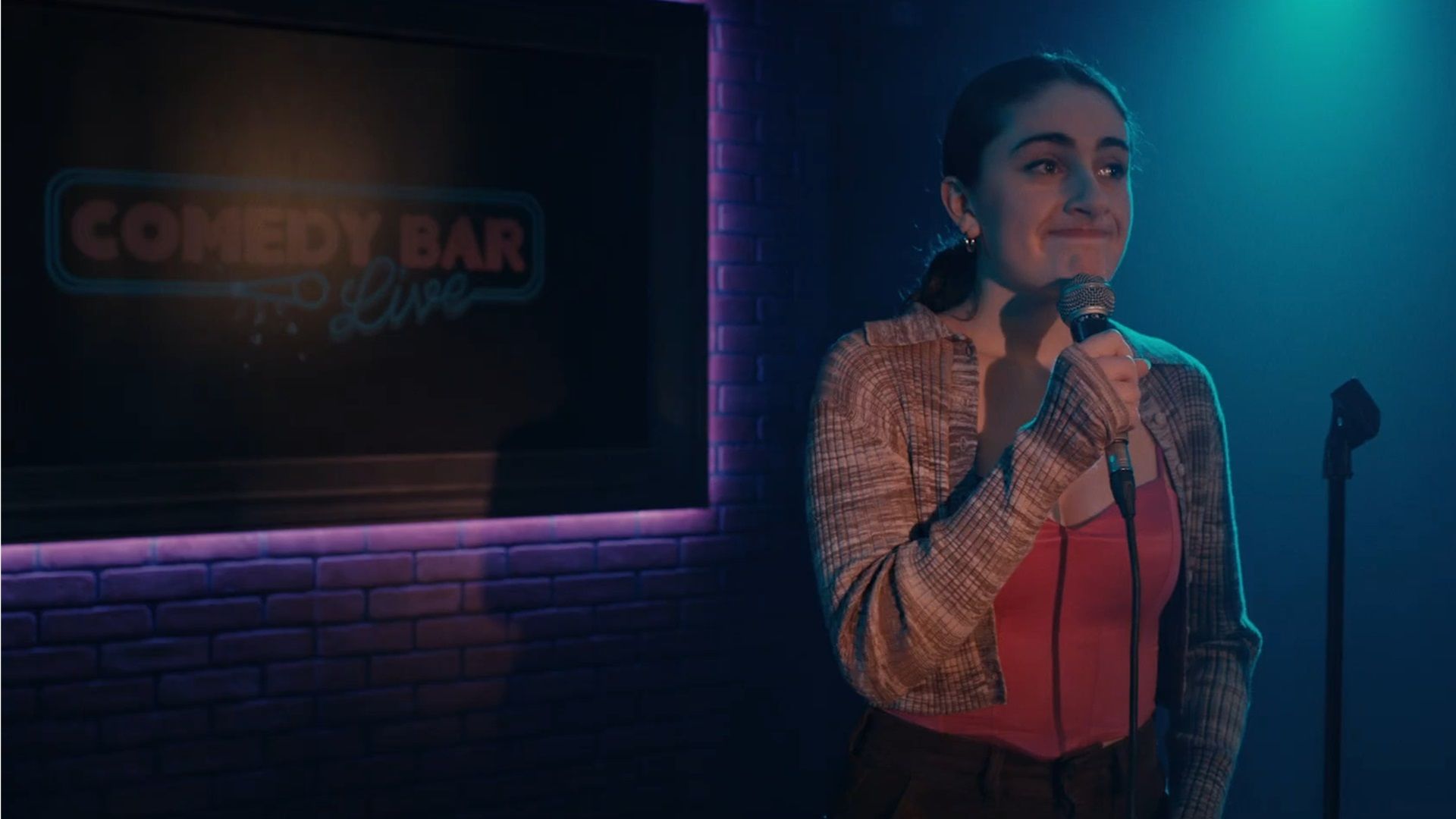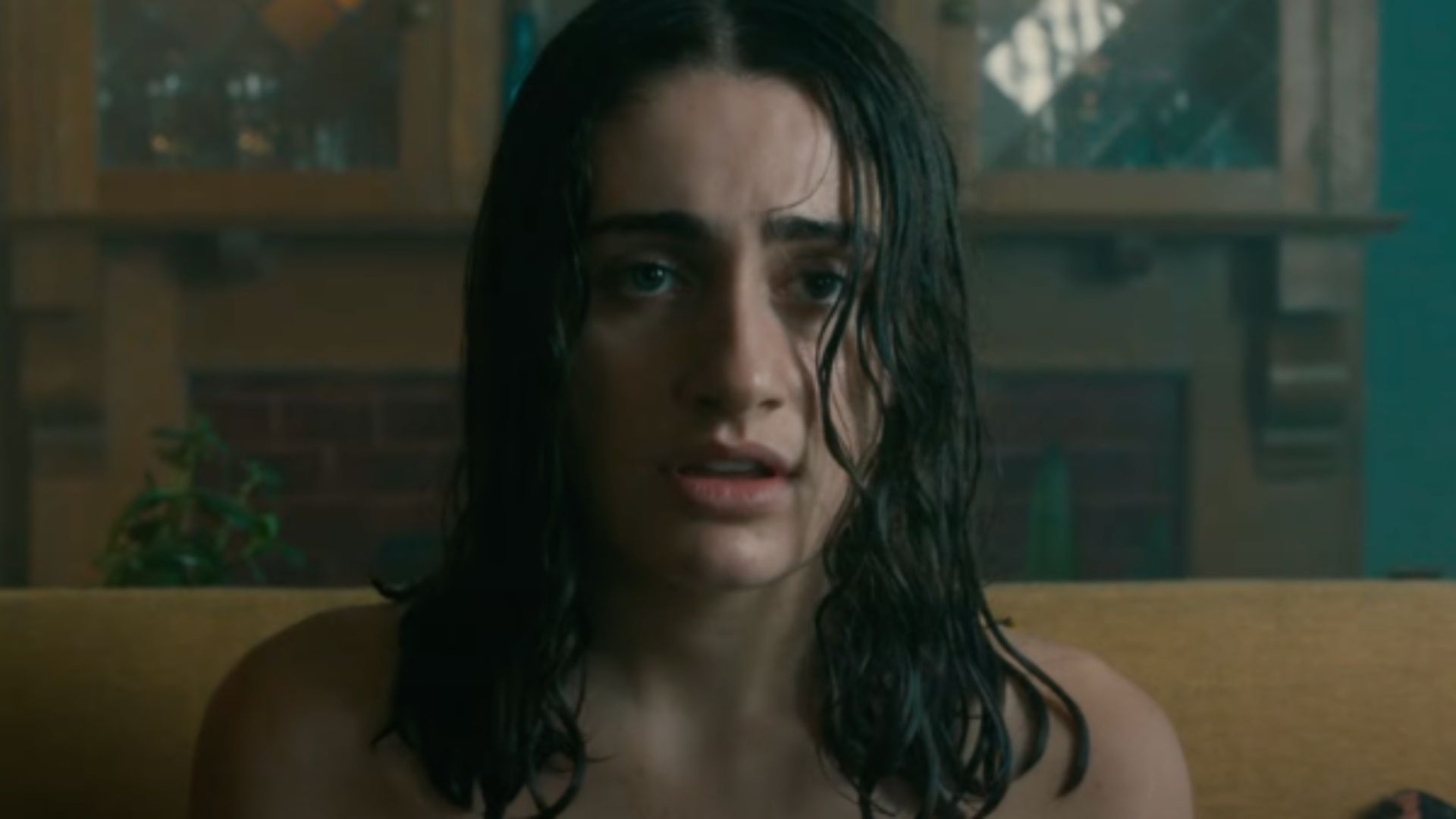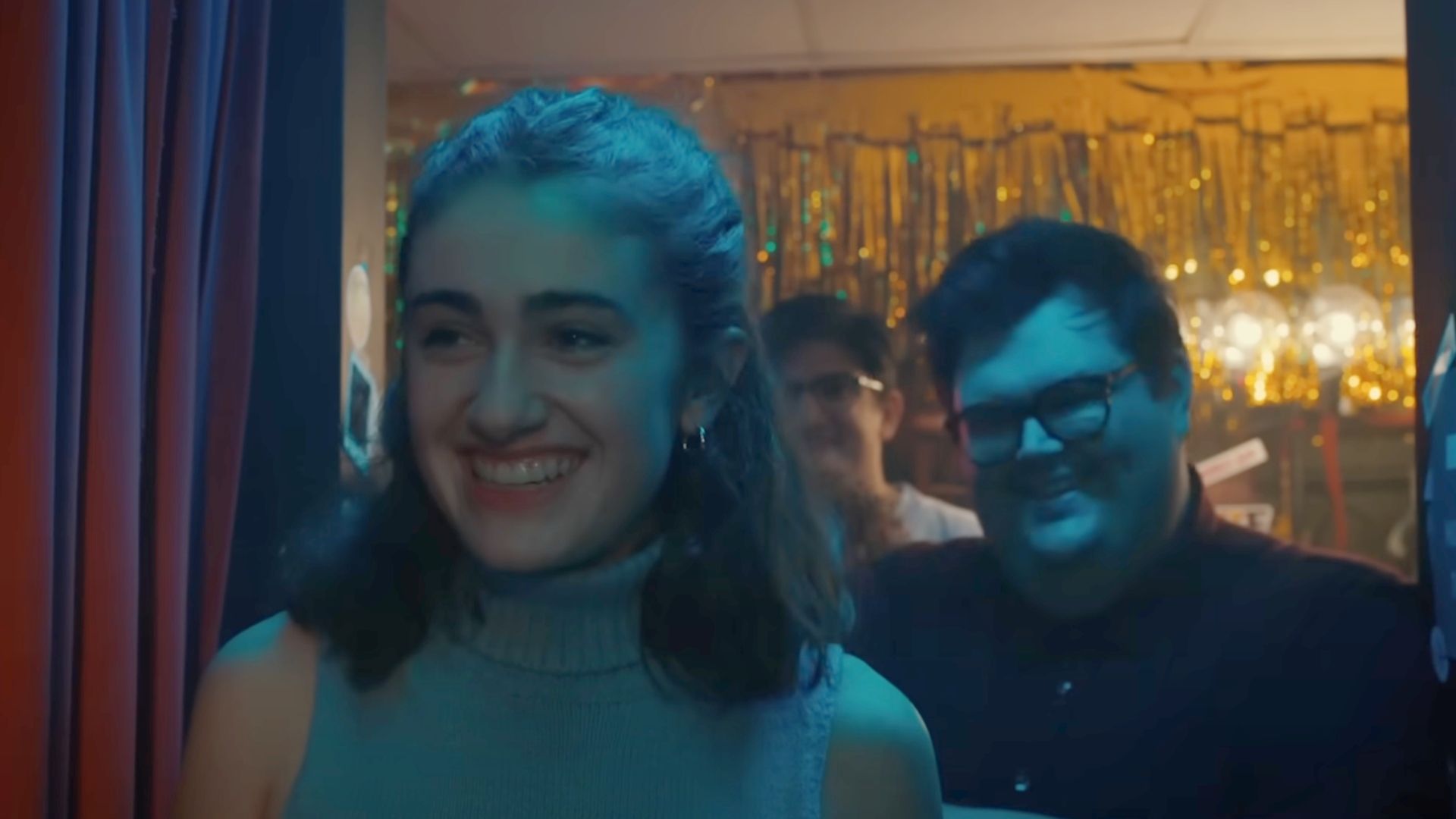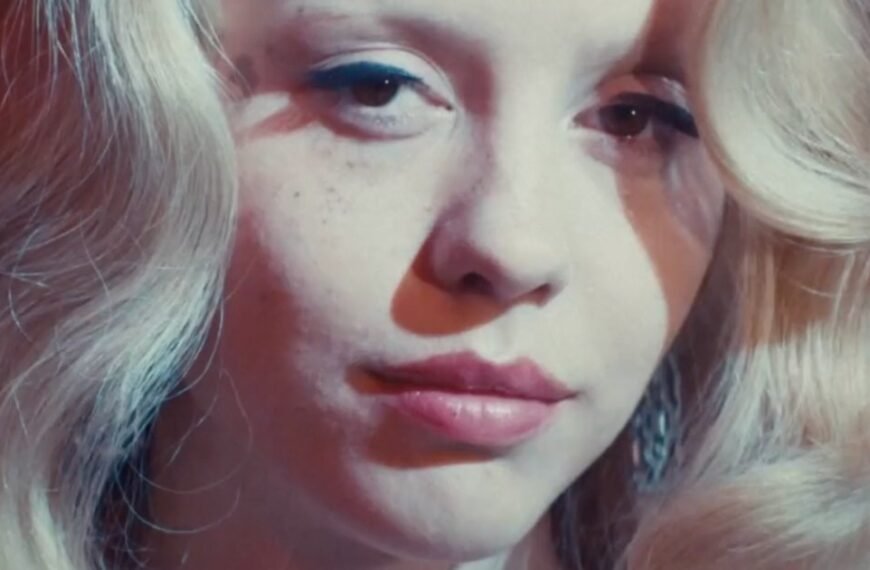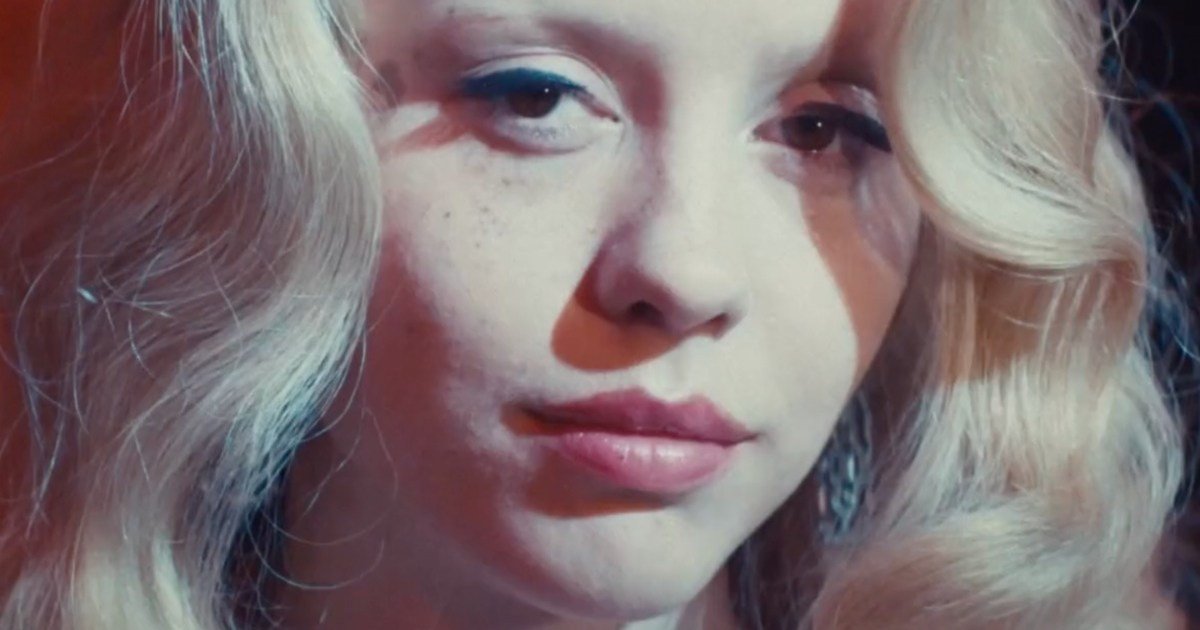Summary
- Rachel Sennott delivers an impressive performance that takes her impressive skills to new levels in
I Used to Be Funny. - The film balances humor with sensitive subject matter and cleverly withholds information, resulting in an emotionally affecting and surprising story.
- I Used to Be Funny
may get too melodramatic or even cheesy near the end, but the phenomenal acting keeps things grounded.
Anyone who pays attention to the rising stars of young Hollywood will have kept tabs on Rachel Sennott, the extremely talented, multifaceted, and funny actor from Tahara, Shiva Baby, Bodies Bodies Bodies, and Bottoms. I Used to Be Funny, writer-director Ally Pankiw’s feature debut, stars Sennott as Sam, a comedian whose career has been stopped in its tracks by PTSD. To make matters worse, the girl she was previously a nanny for, Brooke (Olga Petsa), has gone missing, and Sam seems to be the last person to have seen her. Battling the weight of depression and traumatic flashbacks with a desire to help Brooke, Sam ends up torn between two minds.
I Used to Be Funny balances out its serious subject matter with humor that adds levity when needed, as well as realism. However, what really holds everything together is the stunning central performance from Sennott. Without her unique dry wit and impressive dramatic acting chops, some of the movie’s flaws might have crept closer to the surface. Fortunately, though, that’s not the case and, instead, we receive a charming, emotional, and grounded story that allows the specific to be universal.
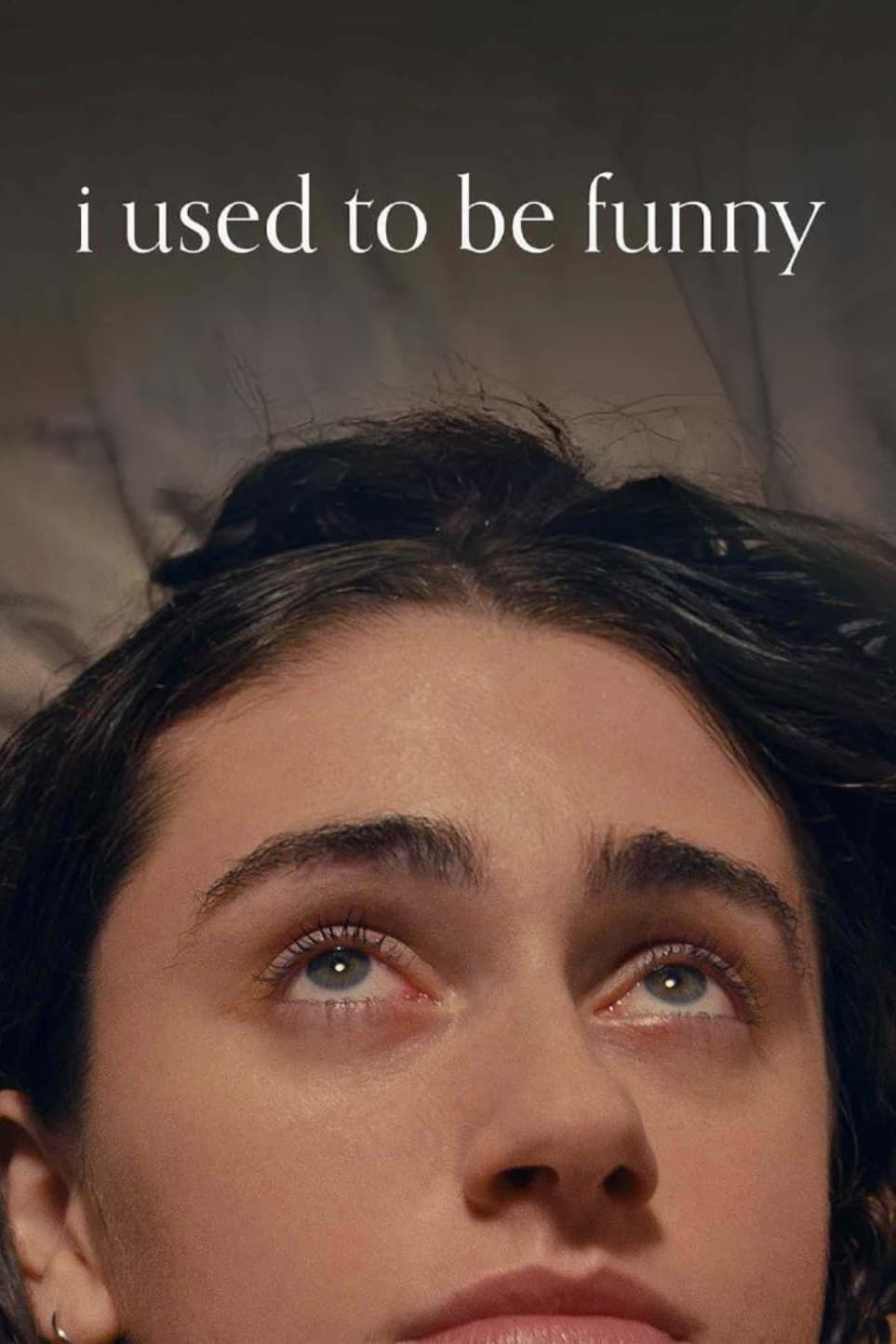
I Used to Be Funny (2024)
- Release Date
- June 7, 2024
- Director
- Ally Pankiw
- Cast
- Rachel Sennott , Olga Petsa , Jason Jones , Sabrina Jalees , Caleb Hearon
- Runtime
- 105 Minutes
- Writers
- Ally Pankiw
- Sennott’s performance is impressive and new for her
- Tackles its subject both sensitively and with humor
- Emotionally impactful with a great climax
- Can veer into overly dramatic, cheesy territory at times
Pacing That Holds Your Attention
Initially, I Used to Be Funny withholds a lot of Sam’s backstory, but two things are immediately clear: she’s very depressed and Brooke is missing. It doesn’t take long before the reason behind Sam’s PTSD starts to take shape through a mix of past and present scenes, and it’s satisfying that the narrative lets you piece it together yourself. Through this slow and steady storytelling, the movie reels you in and keeps you on the line.
Early on, there are references to Sam being labeled a liar, with people telling her that she ruined a family, which gives an idea as to where her trauma has come from. Given this context, the slow unraveling of Sam’s backstory is even more well-judged, showing that the filmmakers understand the gravity of what they’re discussing. Moreover, it’s reflective of getting to know someone in real life — we often have to piece things together from smaller bits of information — and this makes Sam feel like a real, treasured friend.
10 Movies That Accurately Explore PTSD
There have been remarkable Hollywood movies which explore PTSD in a way that has left an imprint on the audience.
A New Side of Rachel Sennott
Of course, the benefits of this pacing would be moot if not for Rachel Sennott’s pitch-perfect performance. She has knocked her comedic performances out of the park so far in her short career, with Emma Seligman’s Shiva Baby and Bottoms raising her profile. While the former had more serious moments, we have yet to see Sennott take on something like I Used to Be Funny, but she tackles it with ease.
Here, Sennott hits beats of awkwardness, tenderness, and bone-deep sadness in all the right moments. Her depiction of someone experiencing debilitating depression is painful to watch at times as she pushes away help at every turn and eats meals of microwaved sandwich meat.
Another impressive factor in this portrayal of mental illness is the acknowledgment that she is, in fact, burdening her friends, but they are happy to support her. This knowledge creates knotted, realistic dynamics between them where there is resentment and love on both sides of the equation. That’s difficult to get right and usually avoided entirely on-screen, but with Pankiw’s writing and direction combined with Sennott’s performance, the layers are clearly definable.
Sam’s tangled present is contrasted with moments from her past as Brooke’s nanny, where we watch the two of them bond — uncomfortably at first, and then a real, loving relationship forms. Here, we see Sam’s talent for communicating, be it with Brooke or her difficult father, and even bridging the gap between them. It’s something that is lost in the present-day portions of the narrative. What’s particularly impressive about the two sides of this performance is that it always feels like the same person despite the stark, visible differences.



Rachel Sennott Says Bodies Bodies Bodies Cast ‘Trauma Bonded’ on Set
The actress, 27, said filming the more intense scenes forced the cast to form friendships fast.
An Expertly Crafted Climax
Throughout its runtime, I Used to Be Funny balances the serious and distressing situation of a loved one being missing with the mundanity of everyday life continuing despite it all. This is never more true than the climax of the movie, which, without spoiling anything, involves a heated argument. One side of this fight is, unsurprisingly, Sam, who is finally releasing some serious pent-up anger. The argument is messy, dramatic, and real. No one has the right comebacks, with both of them often saying the wrong thing.
Not only is this realism refreshing, but the argument also depicts a huge turning point for Sam. As mentioned, there was a distinct before and after of her personality, but during this scene, you can see the “before” finally catching up with Sam’s present-day self. A vibrancy returns to her eyes and the way she expresses herself, which had become muted in the wake of her trauma. Watching Sennott seamlessly fuse the two performances she had been doing here is incredible. It’s not Sam regressing to her old self, but having her old self become part of her again.
1:59



The 26 Best Film Performances of 2023, Ranked
Actors both known and unknown helped create unforgettable characters in all kinds of films throughout 2023.
This climactic argument is so impressive because even though Sam is speaking (a lot, and loudly), the real characterization is happening non-verbally. In this scene, Sennott and Pankiw are working perfectly in unison to convey the culmination of Sam’s arc. While the argument is about something specific and largely unrelated, it’s clear that Sam realizes she has to stop pushing everything — her friends, her work, the whole world — away. Similarly, her experiences might be unique to her, but the emotional journey she completes is something that will resonate with countless viewers.
I Used to Be Funny Knows Its Audience
I Used to Be Funny is very clearly positioned to attract an audience of 20-something women. Components such as the casting of Sennott, a soundtrack featuring the likes of Phoebe Bridgers, Adrianne Lenker, and MUNA, and knowing jokes from supporting cast members about being queer all play a part in this. On one hand, directly addressing an audience in this way can be great — it feels like we’re all in on the same joke. However, to some, it may feel cheesy and overblown.
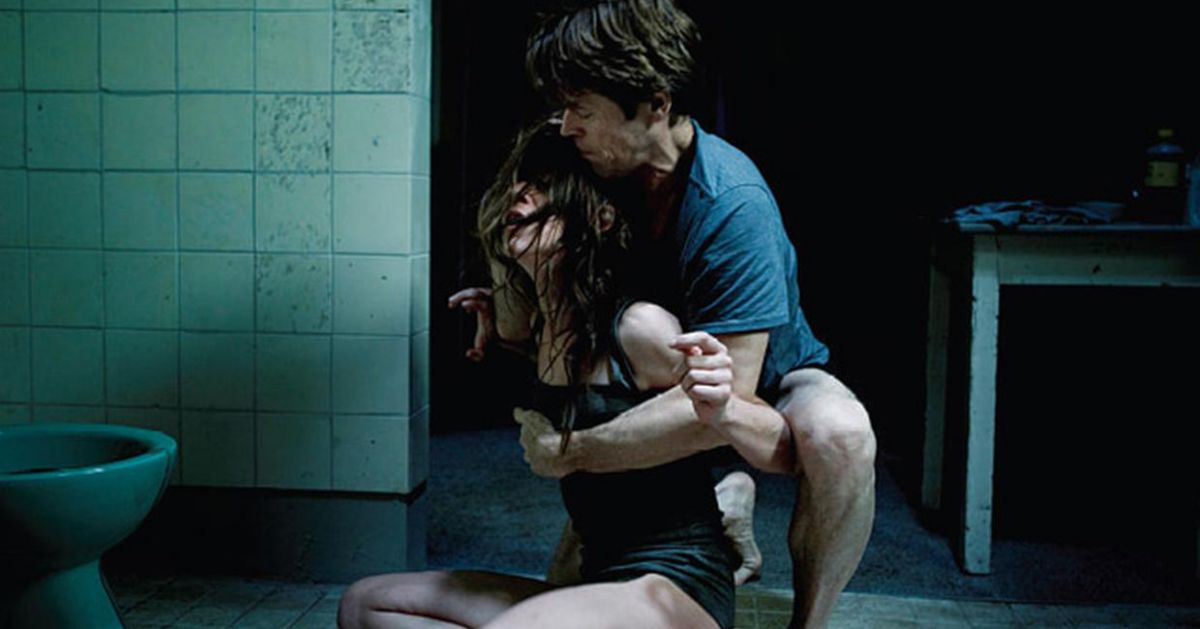


Best Horror Movies About Depression
Horror films can externalize the audience’s mental state like no other genre. Here are the best scary movies about depression.
Whether you interpret the knowing winks and nods in a positive or negative light will likely depend on how you experience the rest of the movie. There are other factors that could step into cheesy territory. For example, the stand-up comedy scenes are a lot less funny than the natural dialogue between characters, and some of the later plot points veer into melodrama.
With that said, it’s incredibly easy to forgive the movie for these uneven instances when the rest of it cultivates a feeling of familiarity and goodwill. In the end, it’s charming and likable, and it feels like you’ve known Sam for years. In the same way that you’d toss a beloved friend a quick laugh for a sub-par joke, you can breeze over the corny moments in this overall impressive debut. If this is Ally Pankiw just getting started, then she certainly has a bright career ahead of her.
From Utopia, I Used to Be Funny opens in theaters in New York on June 7, followed by LA on June 14, and digital soon afterward.




